History of Colour
Cave Painting
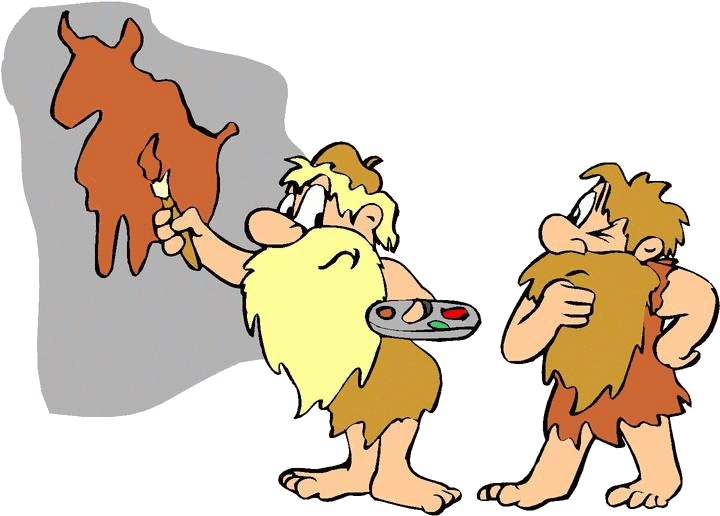
Cave paintings have been found throughout the world, e.g. in dark limestone caves in the South of France to rock shelters in Zimbabwe. The evidence of soot near the paintings indicates they were completed by fire light. The pictures found tend to depict animals and weapons.
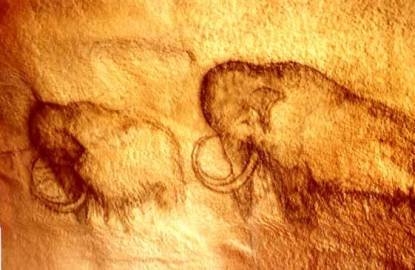
Cavemen used pigments from minerals around them. The colours available to them were browns, reds, yellows and blacks. The colours were dull, and the materials require grinding. As with all paints, the pigment particles needed to be bound together so they could be applied. The caveman used spit, animal fat and earwax as binding materials. Brushes were made from chewed sticks.
Egyptian Painting
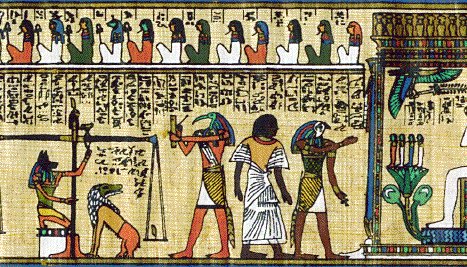
Egyptians had a wider range of colours available to them than the caveman. This was for three reasons. The first was that the Egyptians traded with other civilisations, and benefited from these new minerals. The second was that they discovered that pigments could be made synthetically. By heating certain minerals together in a fire they could make new pigments - the most famous being Egyptian Blue. The third was the discovery that pigments could be made from the sap of plants.
Egyptians also developed the use of new binders. They discovered you could use milk, beeswax or egg yolk to bind pigments together effectively to make paints.
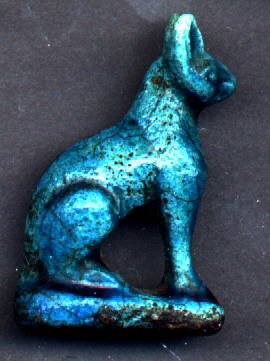

To the left is an ornament coloured with the Egyptian Blue pigment. The pigment is a complex copper silicate of formula CaCuSi4O10. The Egyptians learnt the advanced techniques of heating different natural materials to form the copper blue colours. The natural materials required were lime, sand and copper minerals (azurite or malachite). These were heated to between 800-900°C. The colour is illustrated in the picture on the right. The other colours shown were developed in approximately 500BC and required the use of barium compounds and higher temperatures.
Medieval European Art
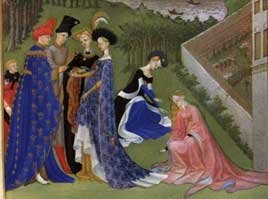
By Medieval times a wide variety of colours were becoming available. Artists had available Lazurite, Malachite, lead white and red lead.
Medieval brushes were often made from feathers or body hair.
Modern Day Art
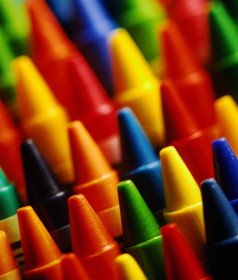
There are now an enormous choice of different colours. Through advances in research and science a massive range of colours can be made synthetically. These are made by tailoring the properties of materials so that they absorb and reflect the colours required.
Paints are now 'ready made' so that they can be bought off the shelf, and do not require the addition of binder by the artist. A recognised binder is that of PVA glue.
Brushes can now be made synthetically, although many artists still prefer the use of animal hair brushes.






